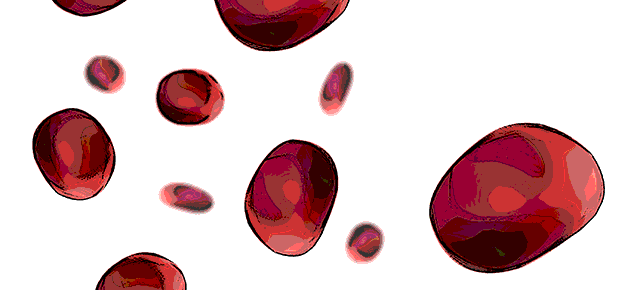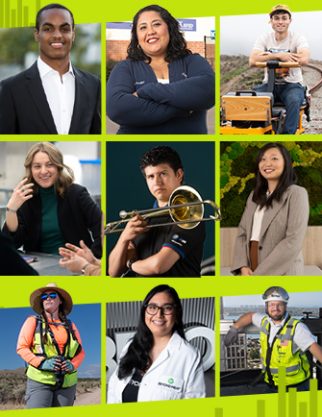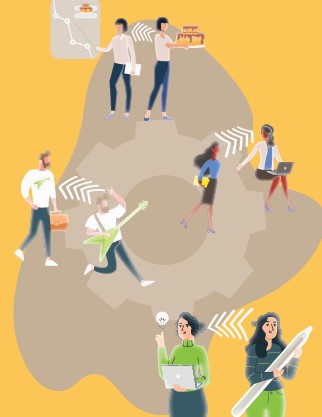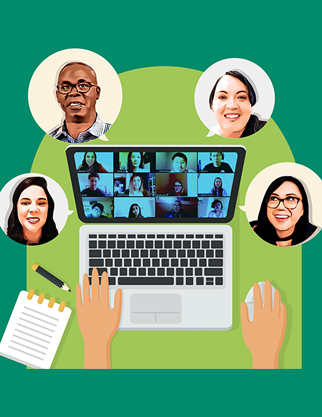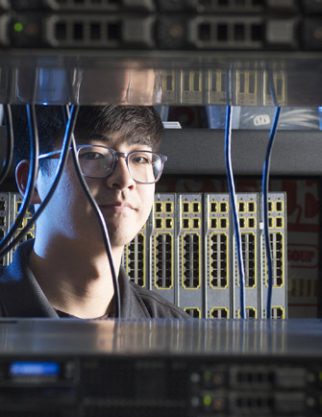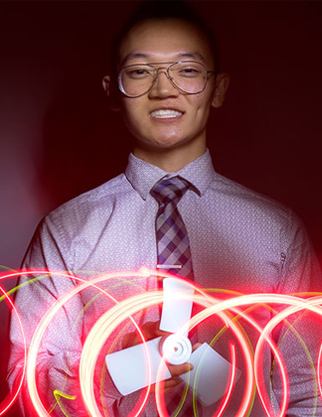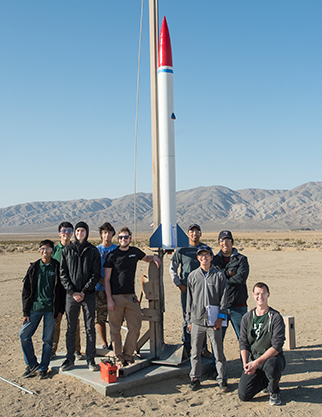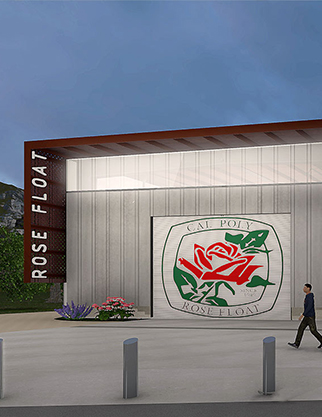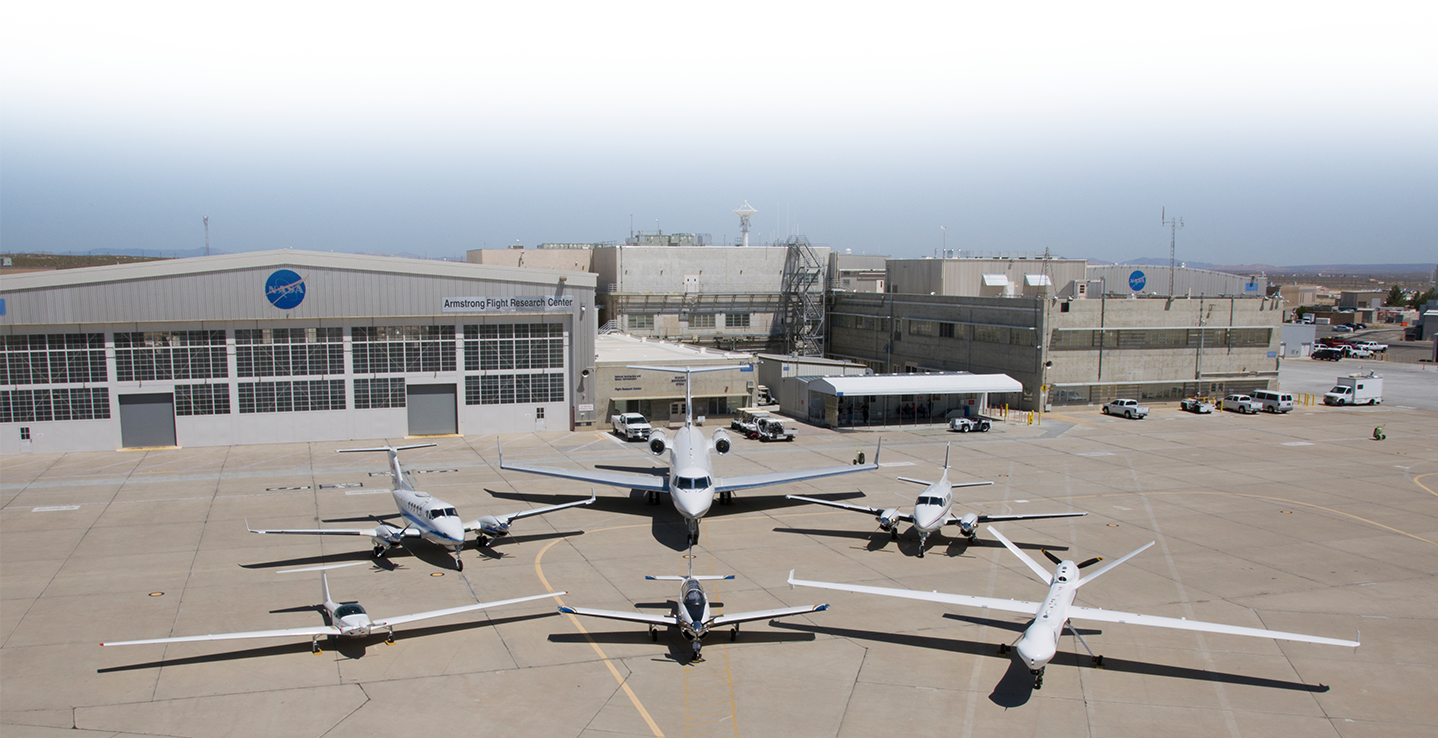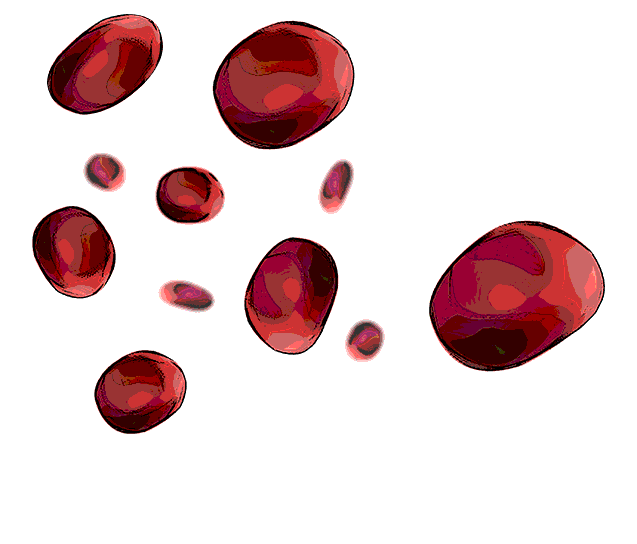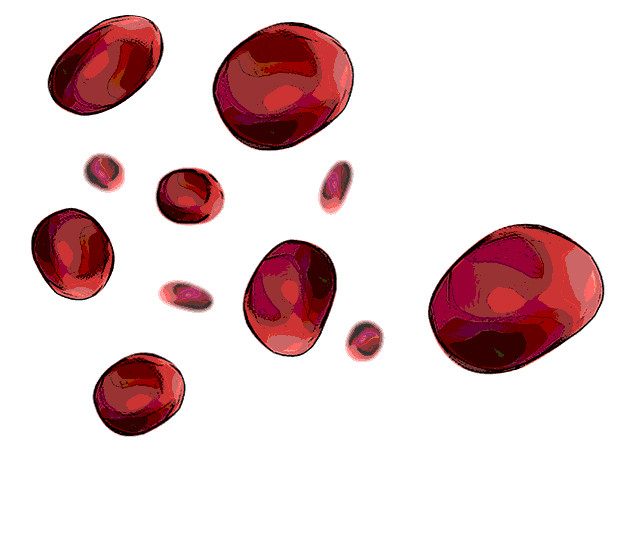On A Mission
Partnership with NASA Brings
Product Ideas to Life
Improving lives with technology and new products may seem like a lofty goal, but for Cal Poly Pomona students participating in the NASA-CPP Business Startup Program, it’s the mission.
From an affordable and portable microscope to a more efficient fan blade to a device that monitors posture to a bio-sensor for at-home medical testing, students are tapping into their education and know-how to translate NASA technology into new products that could be marketed to the masses.
“Our main goal is to improve lives one technology at a time,” says H. Erkan Ozkaya, a business professor and director of the program. “We work with wonderful technologies, and we want to give a second life to those technologies by creating products that everybody can use.”
“Our biggest achievement is creating an environment for people who are passionate about technology and entrepreneurship to come together and create fantastic products.”
NASA-CPP also offers students a chance to gain the kinds of skills that translate into jobs at some of the top companies in the country and admittance into highly competitive Ph.D. programs while also fueling their passion for entrepreneurship and technology.
“It’s about a multidisciplinary experience, a polytechnic approach, learning by doing and all of that,” Ozkaya says. “But I think our biggest achievement is creating an environment for people who are passionate about technology and entrepreneurship to come together and create fantastic products. That, I think, encapsulates what Cal Poly Pomona is all about.”
Building Something Great
At weekly meetings, students from the various project teams give a progress report on the development of their products. The microscope team discusses its design woes. The team focused on the posture-monitoring device talks colors and material for the T-shirt that houses wearable tech.
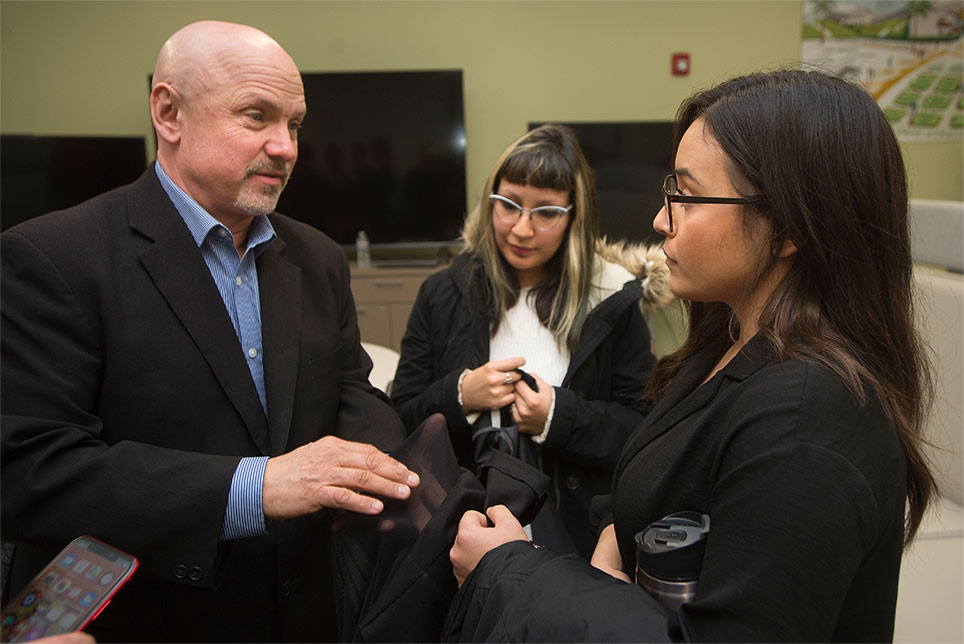
The program, which has about 55 students and five faculty members, is run like a company in which students are key players. They are expected to give and receive suggestions about product development, conduct market research and competitor analysis, and flex their problem-solving skills day in and day out.
For Alyssa Harrison, a visual communications junior, solving problems and puzzles is what drives her. Her role is to help with the overall design of the products, graphics and marketing.
“It gives me a greater understanding of what it is like in the real world and the job force.”
“I am getting more hands-on experience instead of just working with theory,” she says. “I like that I am building physical things and seeing them go through different phases over a long period of time. It gives me a greater understanding of what it is like in the real world and the job force.”
Johnathan McGowan, a computer information systems senior, says the program gives him something he couldn’t get elsewhere.
“I want to be with like-minded individuals to build something that’s going to be great,” he says. “A lot of clubs on campus don’t normally have opportunities where you can work continuously on a project, and you don’t really get to work for a long time in the classroom itself. I was looking for a community that I could join to build products and work on those products throughout my time at school.”
Launching the NASA Partnership
The NASA-CPP Business Startup Program was born of another effort to connect with the aerospace agency. Cal Poly Pomona first piloted its NASA Tech Assessment Program in 2010, which involved pairing STEM and business students, familiarizing them with specific technologies and enlisting them to reach out to companies to determine how the technologies could be commercialized.
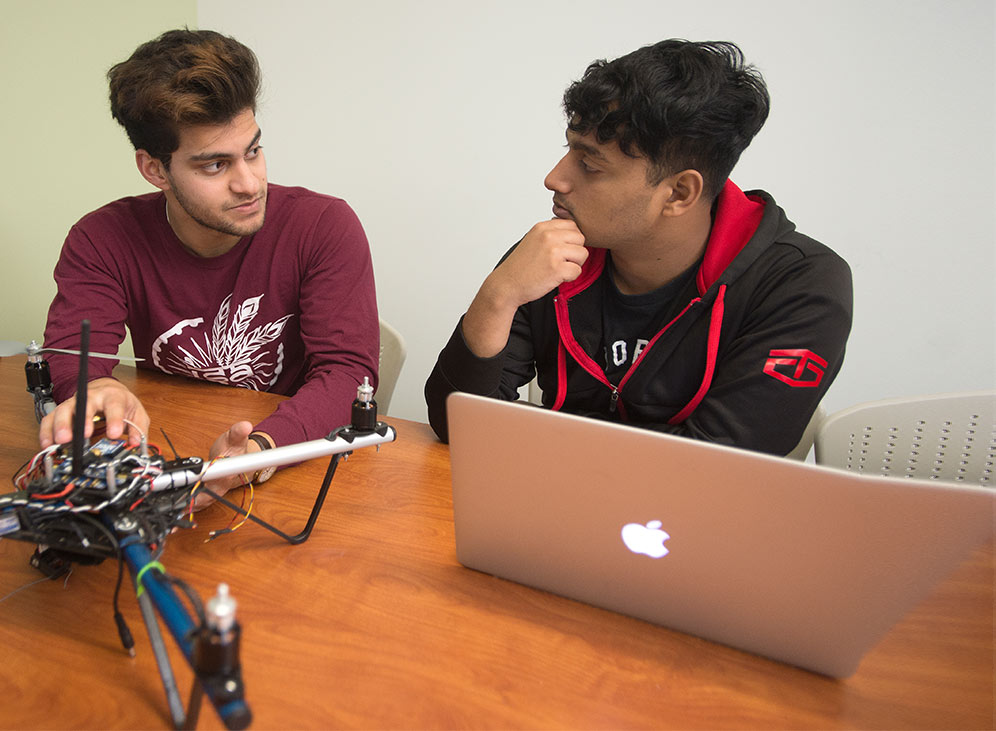
“Out of that came the idea to see if we can turn those findings into actual startups,” says Business Professor Olukemi Sawyerr, who serves as the interim assistant vice president for academic innovation and co-directs the NASA Technology Assessment Program with Engineering Professor Winny Dong.
Cal Poly Pomona is the only university that has a space agreement with NASA that grants students access to NASA inventors and technology and delays the upfront licensing fees that are typically required, Sawyerr says. The campus also has a $24,050 grant from VentureWell, a Hadley, Massachusetts-based organization that aims to cultivate innovators, inventors and entrepreneurs.
Grant funds have helped a few stand-alone CPP projects, such as an effort by engineering students to best the one-month world record for the longest flight by an electric-powered unmanned aerial vehicle (UAV) using multiple sources of power. One of the sources is a graphene supercapacitor — a more lightweight and energy dense alternative to the lithium battery — that the students are creating and hope to commercialize.
However, the bulk of the funding has been used for the business startup program, with its multiple projects aimed at repurposing NASA technology for consumer use.
NASA-CPP students are pushing to get the products ready to launch as soon as possible. They also are looking to the future, working with artificial intelligence to better meet consumer needs in a more individualized way, Ozkaya says.
They’re also are learning tough lessons about the business world. One of their product names was recently taken, so the team had to come up with a new name and quickly trademark it. The microscope is now called Lumoscope and the device to correct posture Posturonic. (The names for the other products will be unveiled once they are trademarked.)
A Polytechnic Education
Eddie Bader, a senior business student, already owns a tech company.
The business team leader says he’s using what he learns from NASA-CPP to make his business better. One of his most memorable experiences was being on a teleconference call with NASA engineers and scientists to get feedback on students’ product ideas.
“They are really on the next level,” he says. “They are thinking of things we never thought about or they’ve been down that road before and they are able to identify pitfalls that we might end up experiencing later on. So that really reduces the learning curve for us. It gives us an opportunity to work through some of those issues at a quicker pace then we’ve done before.”
“As an engineer, I am impacting people’s lives, not just people around me, but worlds away.”
Elnaz Ghiaei Shamlou
electrical engineering student
For Elnaz Ghiaei Shamlou, a electrical engineering junior and the lead on the wearable engineering and testing teams, the program has taught her how to collaborate, connect with people from diverse backgrounds and be professional, she says, adding that it has made her a better person.
“The products we build are there to help people to live a better life,” she says. “I feel like maybe I could never be a doctor, nurse or firefighter, but as an engineer, I am impacting people’s lives, not just people around me, but worlds away.”
Physics Professor Ertan Salik, who serves as technical supervisor for the program, sees the program’s potential for growth and success.
“Great products cannot be developed in isolation. You need input and feedback from various backgrounds, various expertise levels.”
“In traditional research, you determine a problem to work on and typically, in my field, you do some laboratory research and you publish your results. And that’s great,” he says. “In this program, something else happens. A real product is being developed.”

That experience developing products has been stimulating and exciting for the students involved, and they have learned from one another, he says.
“Great products cannot be developed in isolation,” he says. “You need input and feedback from various backgrounds, various expertise levels. And that’s what the NASA-CPP program achieves, in my opinion, on a small scale, which gives students a great preparation for their future.”
Published June 3, 2019
